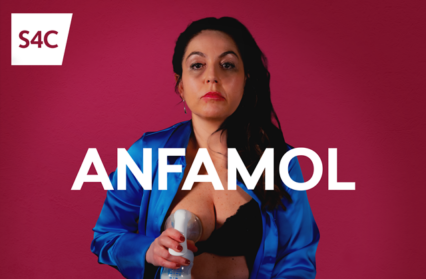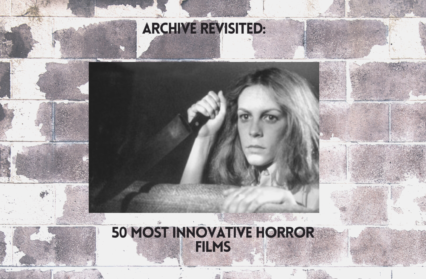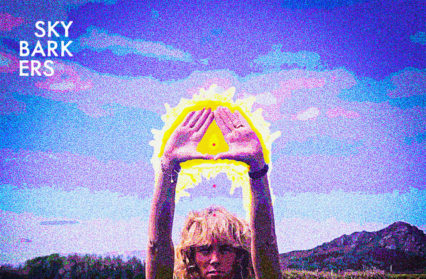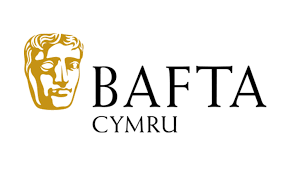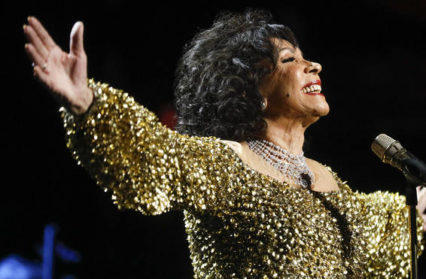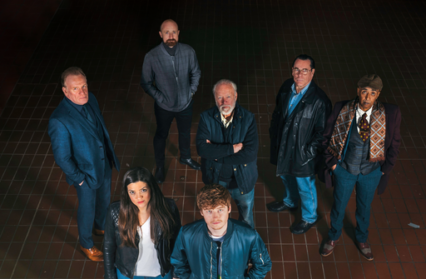Wales Arts Review’s executive editor, Gary Raymond, examines a few excellent recent releases in the world of modern horror films and explains how the genre has had a recent surge in quality.
It seems clear now that the ugly movie fad labelled as ‘torture porn’ is fading away – it is tired, and in the grand scheme of things was short lived. Such is the nature of titillation. As the earth scorches where the likes of Saw, Hostel and myriad of that ilk once stood in all their cheap and nasty pop-video pyrotechnics, now emerges something we’d almost forgotten about – the intelligent, artful horror movie; the movie that gets under your skin rather than smashes your skull in. These things are made by thoughtful fun-makers, auteurs who are constantly battling between the two urges of expressing an idea and scaring the shit out of you. Horror can still be the genre for artists who have something significant to say.
Perhaps the most graphic example of the death of torture porn was the move of James Wan from the steering wheel of the interminably dull and increasingly incomprehensible Saw movies to the charming homage to classics of The Changeling and Poltergeist, The Conjuring. (That Wan flirts with rumours linking him with a return to the Saw franchise may have something to do with his apparent insatiable appetite for franchises – he’s just directed Fast and the Furious 7).
But the truth is Wan’s The Conjuring has more creative energy in its first five minutes than in any of Jigsaw’s contraptions, and sits proudly on an interesting upward trajectory for the modern horror movie of late. Late last year The Babadook rose up from Australia and caused a minor storm upon release. This was for a number of reasons – the atmospheric shooting, Essie Davis’ wonderful lead performance, the expert pacing – but mostly it worked because it was made with love and respect for the genre. And that seems to be the hallmark of this new wave of thoughtful horror. (Praise be, for The Babadook could have so easily slipped into obscurity but for the online championing from the likes of William Friedkin keeping it above the corpses of the Netflix landfill).
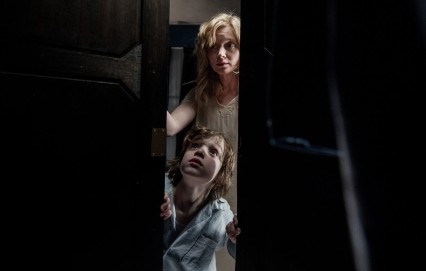
Many people, myself included, expected The Babadook, the story of a single mother sinking into a depressive breakdown under life’s pressures told through the supernatural veil of a fairy tale (the Babadook as bogeyman as black dog), to be a flash in an otherwise exhausted pan. Jennifer Kent had briefly reignited the creative potential of the horror metaphor. The Babadook is a modern masterpiece, and by the end, as with Let the Right One In, it is just as heart-breaking as it is terrifying.
But now comes David Robert Mitchell’s It Follows. And with it a more stable pattern emerges. Horror is remembering its roots are more indie than cheap and one does not necessarily have to mean the other. ‘Ideas‘ is what matters. Now we can look at delightfully retro fanboy romps such Ti West’s The House of the Devil (2009) in the context of a movement of directors reclaiming horror from the dumbness it slips into every generation or so.
It Follows is a smart, funny, terrifying horror movie – a great balletic metaphor – brilliantly cast, shot with real verve and know-how, and set to the chasmic electronic synths of Disasterpeace’s visceral soundtrack. In here are splatterings of what made horror great in the seventies and eighties, a profound understanding of two things: style and fear.
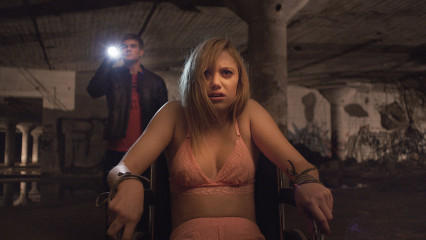
The best modern horror is not interested in the fear of getting cut up like a side of beef – that is simply the coital exuberance of the full stop. Real fear is in the decay of the fabric of a perceived, comforting reality, and that is something we can lose whether we are being chased by a maniac or not. In It Follows the decay is sex, just as in A Nightmare on Elm Street it was falling asleep and in Halloween it was being carefree. In this sense It Follows is as good as those two seminal movies; the difference is it has come out 30-odd years too late to change the world like they did. But it would have done, I assure you.
The premise is simple. There is a terrible shape-shifting ‘demon’ that relentlessly stalks its victim until one of either two things happen: it catches up and kills, or the stalked ‘passes on’ the curse by having sex. The metaphors are clear. This is a movie not preaching abstinence, but rather a parable of the eternal perils of human interaction. The thing will come for you, slowly, ‘sometimes taking on the form of a loved one just to get close to you’. The threat is relentless, the cure is selfishness, the prevention is loneliness. Slasher movies have always been obsessed, of course, with punishing teenagers who copulate, but never did they go this far.
And both great classic and modern horror also is always about teenagers, the life stage where you are sure to live forever. Adults are never quite in this film. They are peripheral figures, blurred. The kids are on their own; there is no hope of ever being understood in this world. Maika Monroe is beautifully sombre as the pursued, Jay, a scream queen right up there with the likes of Jamie Lee Curtis and Heather Langenkamp. She saunters around, and the fact we saunter with her makes us all the more trapped in this hopeless dream. And it is purposely, subtly, a dream.
Director Mitchell knows exactly what he’s doing and the well from which he copiously hydrates his story. He has a Kubrickian lust for fluid camera movement – it glides and turns, much as Monroe does with her unwavering pout. The audience is never allowed to be sure of foot. We are constantly drawn to the deep shot – every figure is a potential threat. But also the era is uncertain. There are no mobile phones, TVs are decidedly cathode, but Kara seems to have an e-reading device, and suburban Detroit is clearly victim to the industrial decay of the last decade.
This solid dreamscape is slapped over with coruscating synth music, a soundtrack that resonates, drags the viewer back to the hells of Carpenter and Craven. This is suburbia that is crumbling in every way, not just economically, morally and socially, but the very image, the vista, is disintegrating before your eyes. It Follows is where sanity begins to erode. What is this place? It looks like home but it is not home?
It Follows is a film in the great horror tradition: it has lashings of style, a great premise, but it is about primal fears, and it is about the defining phenomenon of the modern era: American paranoia; the same paranoia that has poisoned the world. Horror movies, to film historians, are often tied up as reactions to social situations, and so Texas Chainsaw Massacre and Last House on the Left are seen as subliminal reactions to Watergate and Vietnam, just as the American movies of the eighties are often speckled with the white picket suburbia of Reagan’s pampered middle class.
If many of the superior horror movies of the Bush and Obama years have been ones immersed in retrospection, spending their 90 minutes tracing the steps of the old masters, then It Follows is a movie emerging from this, stepping toward a new place. That it appears within just a few months of The Babadook could be significant too. We have come out of the darkness of torture porn, and have spent some time having fun with the past, and now our modern horror directors have something to say again. Now let’s listen…
(A version of this article first appeared in The Ghastling in February)
Gary Raymond is a novelist, critic, editor and broadcaster. He is one of the founding editors of Wales Arts Review. He is the presenter of BBC Radio Wales’s The Review Show, and has appeared as a commentator on a wide range of platforms, including BBC Radio Four’s Front Row, and The Guardian. As well as being a prolific non-fiction writer, he has written three novels and two non-fiction books.


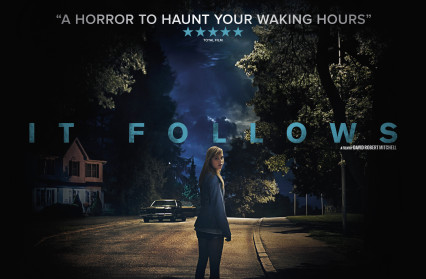
 Enjoyed this article? Support our writers directly by buying them a coffee and clicking this link.
Enjoyed this article? Support our writers directly by buying them a coffee and clicking this link.

